News
-
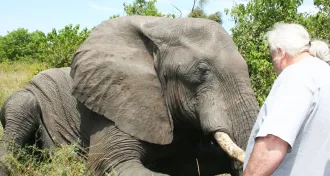 Animals
AnimalsWild elephants clock shortest shut-eye recorded for mammals
Among mammals, wild elephants may need the least amount of sleep, new measurements suggest.
By Susan Milius -
 Paleontology
PaleontologyOldest microfossils suggest life thrived on Earth about 4 billion years ago
A new claim for the oldest microfossils on Earth suggests that life may have originated in hydrothermal vents, but some scientists have doubts.
By Meghan Rosen -
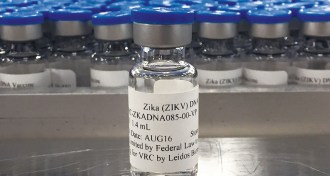 Health & Medicine
Health & MedicineDNA may offer rapid road to Zika vaccine
Researchers are pursuing multiple vaccine strategies for blocking Zika infection.
By Meghan Rosen -
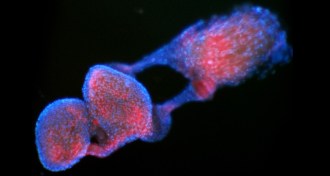 Life
LifeBacteria genes offer new strategy for sterilizing mosquitoes
Two genes in Wolbachia bacteria could be used to sterilize mosquitoes that transmit Zika.
-
 Earth
EarthNewly identified continent Zealandia faces a battle for recognition
Geologists make the case for a new continent, dubbed Zealandia, found largely submerged beneath the southwestern Pacific Ocean.
-
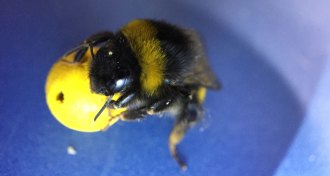 Animals
AnimalsScore! Bumblebees see how to sink ball in goal, then do it better
A first lesson in six-legged soccer tests bumblebees’ ability to learn.
By Susan Milius -
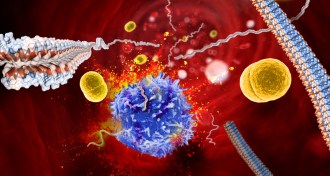 Life
LifeBacteria’s amyloids display surprising structure
Protein clusters made by Staphylococcus aureus bacteria have a surprising new structure.
-
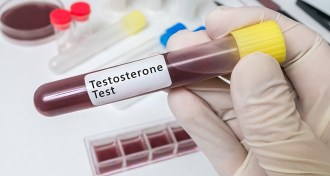 Health & Medicine
Health & MedicineQuestions remain about the benefits of taking testosterone
For men with low testosterone, the pros and cons of taking hormone replacement therapy are mixed.
By Meghan Rosen -
 Astronomy
AstronomySeven Earth-sized planets orbit nearby supercool star
A planetary system called TRAPPIST-1 has seven Earth-sized planets, three in the habitable zone, researchers report.
-
 Anthropology
AnthropologyPower may have passed via women in ancient Chaco Canyon society
DNA points to a 330-year-long reign of a maternal dynasty centered in New Mexico’s Chaco Canyon.
By Bruce Bower -
 Anthropology
AnthropologyLow-status chimps revealed as trendsetters
Outranked chimpanzees trigger spread of useful new behaviors among their comrades.
By Bruce Bower -
 Plants
PlantsEnzymes aid rice plants’ arsenic defenses
Rice plant roots have natural defenses against arsenic.